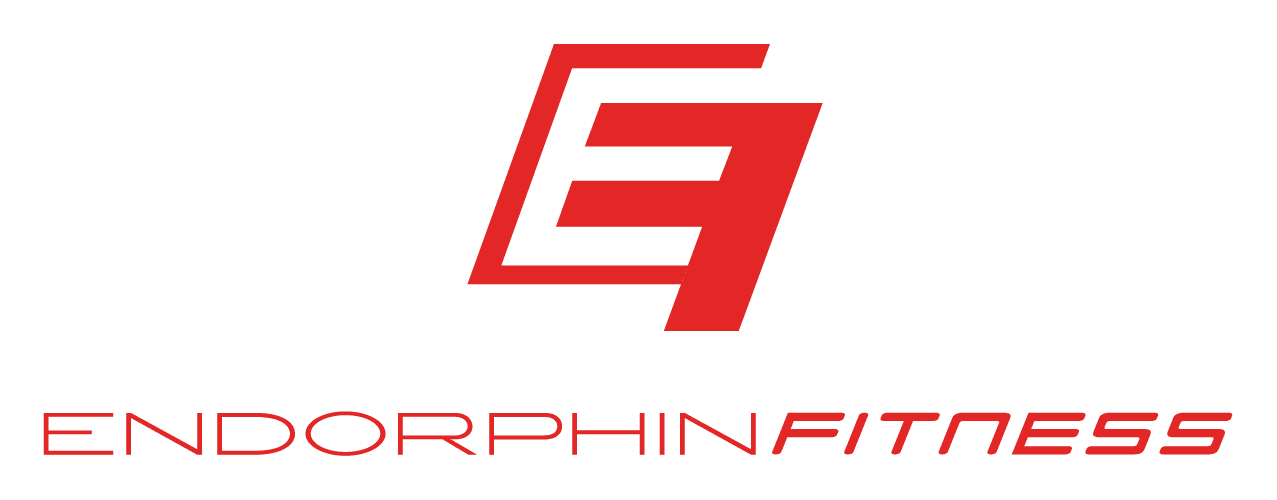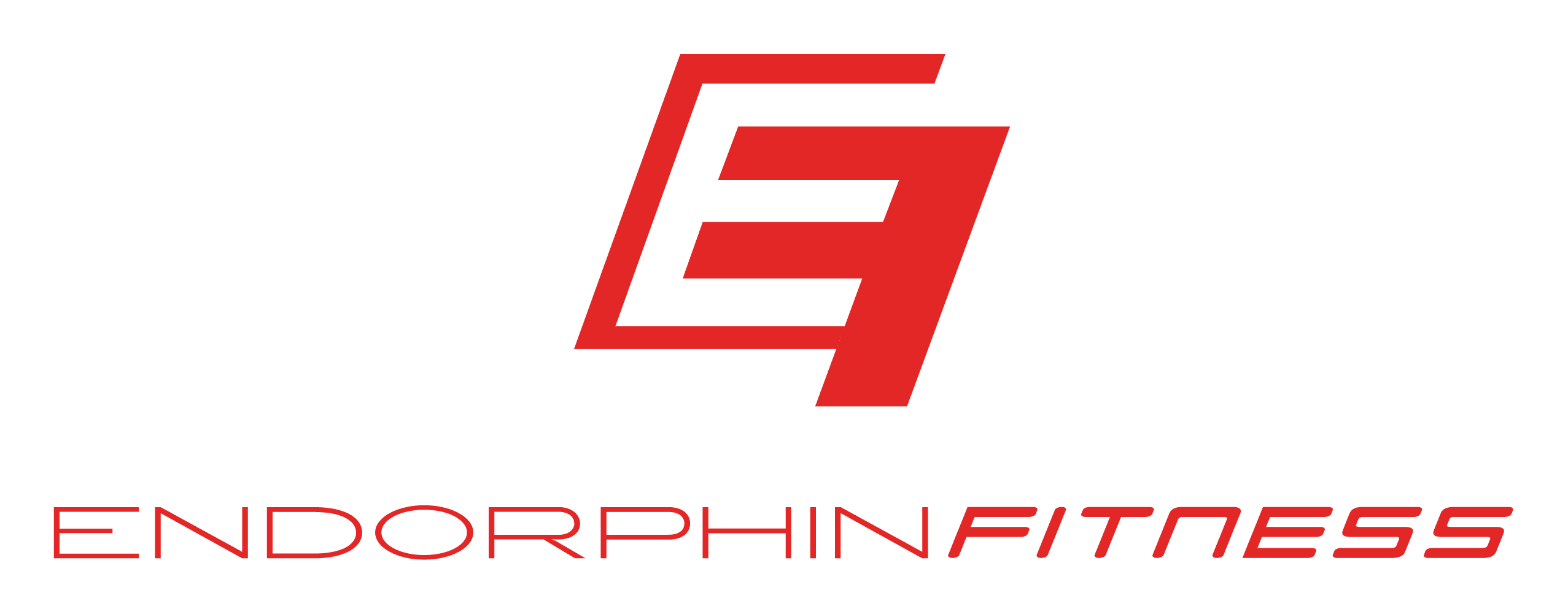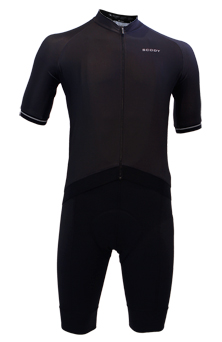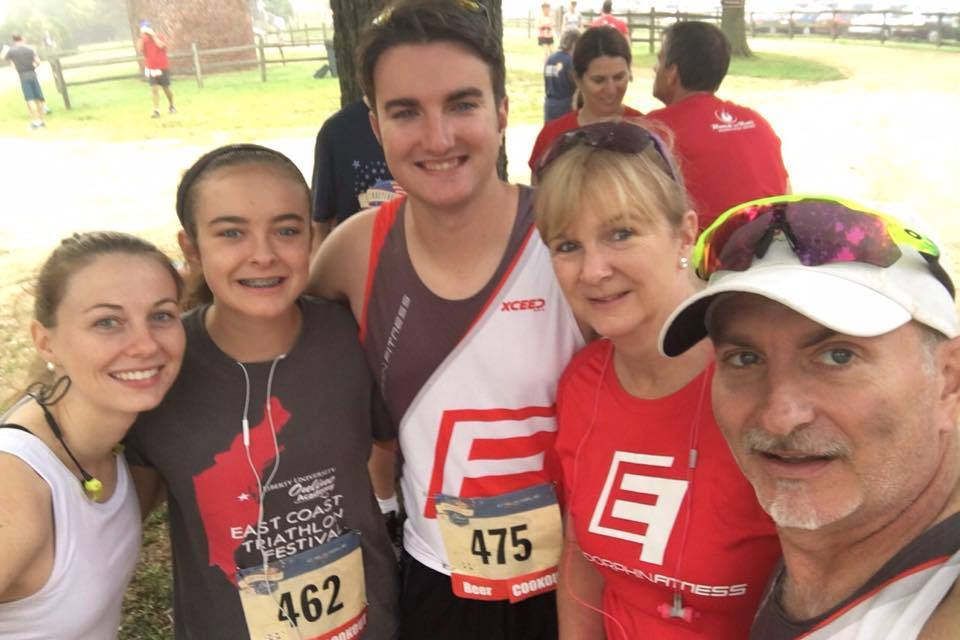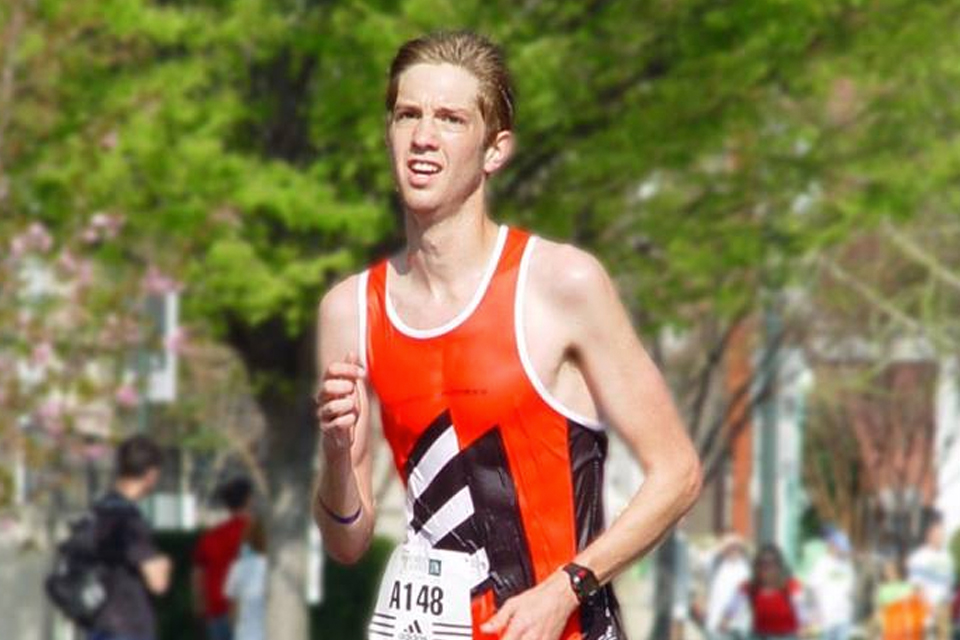Disclaimer
Note: this is the first time I’ve written about aero equipment on this blog. As someone who has done aero field testing, wind tunnel testing, and has seen similar data for many, many athletes, I am well aware of the perils of painting with a broad brush when it comes to aero equipment selection. This is particularly true of aero position, helmets, and clothing (discussed here), the performance of which can be very unique to an individual rider. A piece of equipment that tests fast on 90% of riders may be an aerodynamic disaster for the other 10%, often for reasons that aren’t necessarily clear to the “eyeball wind tunnel.”
Most triathletes will never have the opportunity to test in a wind tunnel to determine exactly what’s “best” for them on every front. In that case, I liken aero position and equipment selection to the game blackjack. Ultimately, success depends to some degree on luck, but if you follow a set of “best practices:” developing a low aero position, finding an aero helmet that fits your back shape, and choosing the right clothing and hydration system, you’re doing the equivalent of “hitting on 13.” Sure, you might “bust,” but you’re likely leaving potential gains on the table if you don’t try certain things. All that’s to say that if you make good, educated guesses on equipment selection based on the information available, you can be more confident in your choices.
On that note, a discussion of one of the newest trends in aero equipment, sleeved tri suits:
Aero Tri Suits: Sleeved Kits
For me, one of the draws to triathlon was the opportunity to wear as little clothing as possible. So when sleeved triathlon kits came out, I viewed them as part of an awful trend toward modesty in triathlon apparel. However, upon further examination, finding the RIGHT sleeved triathlon kit can be one of the best aerodynamic equipment purchases you can make.
Clothing is probably the next big frontier in triathlon cycling aerodynamics, and has been called as much by Jim Manton, founder of EROSports, a fit and testing facility from whom a lot of great information about clothing choices has come. I’ve gleaned a lot of great information from Jim’s writing on this subject (Jim posts as “Jim@EROSports” on the popular triathlon forum Slowtwitch, and if you’re willing to sift through his posts, you’ll find some great information on this topic).
Triathlon’s interest in aerodynamic clothing was predated by over a decade by the cycling industry. This article, published in 2003, details Nike’s extensive R & D in creating a skinsuit for He Who Shall Not Be Named. They knew then what triathlon has seemingly only discovered in recent years: that the right clothing (with the right fit) can be a tremendous aerodynamic advantage for a rider.
Pearl Izumi should probably get credit for bringing the idea of sleeved skinsuits to the triathlon industry. Released in 2010ish, their P.R.O. Octane tri suit was, to my knowledge, the first well thought-out suit of its kind. Recent findings have led to a cascade of sleeved offerings, and now, most apparel companies offer a sleeved tri suit (or are scrambling to develop one).
So, what led to the proliferation of these new suits? These suits were borne out of the realization that fabric (if done the right way) is more aerodynamic than skin. Additionally, for a triathlete riding in the aero position, the shoulders/upper arms are what the wind sees first, and managing airflow effectively around these parts can result in huge gains.
How much savings are we talking about? In many cases, riders see gains of 10-15W going from sleeveless to sleeved. Some more; some less. For perspective, that’s about the gain one might expect from going from a road helmet to an aero helmet, or from a regular wheel to an aero front wheel (two purchases that are at the top of most triathletes’ race gear list).
So, which of these suits are best for you? The short answer is: the one that fits best, especially through the arms and shoulders. To borrow from Manton, mentioned above: “skin is slow, but wrinkles are slower.” A sleeved tri suit should fit tight all over, even when wet, and particularly through the shoulders and arms. If you can check those boxes, you’re on the right track.
Assuming you can get the fit right, whose suits are the “best?” That’s another tricky question, but the current leaders seem to be Pearl Izumi (with their Octane suit, mentioned above), and Louis Garneau (with their M-2). Castelli also seems to be onto something with their T1 Stealth top (which is basically a sleeved tri jersey). What sets these offerings apart from other offerings? Mostly, how it’s cut and the fabric used. In addition to fit, how the suit is cut affects where seams are placed and how certain parts of the suit fit, which can have a major impact on its performance. As you read above in the Lance article, a lot of thought is put into the fabric used in suits such as these. Placing certain fabrics in certain areas of the suit (including, ironically, textured surfaces designed to disrupt airflow) can have a significant effect on the performance of the suit. At the moment, Pearl Izumi, Louis Garneau, and Castelli seem to have all of this figured out best, though it is clear that there’s more figuring out to do.
Most popular sleeved tri suits run about $300, putting them in line with most aero helmets these days. That ranks them near the top in terms of “bang for buck” with aero equipment selection. Here at EF, we carry Pearl Izumi, Louis Garneau, and Castelli, the three brands who seem to be leading this category.
